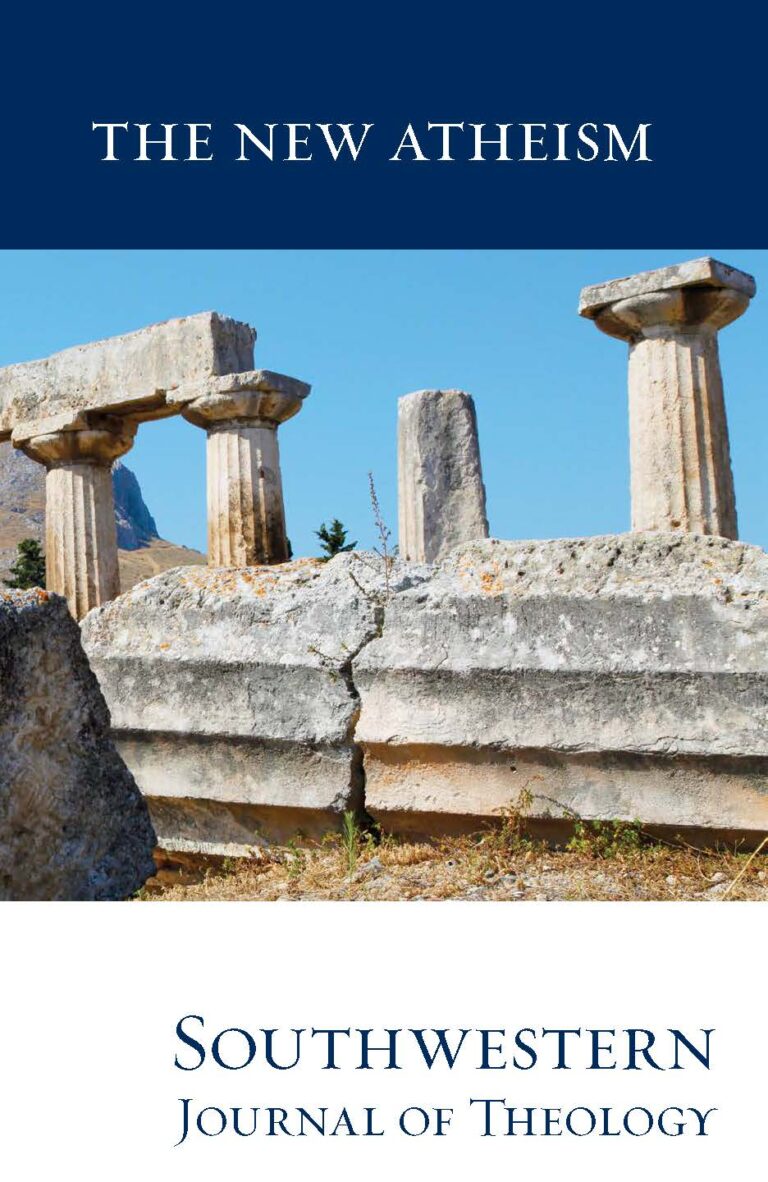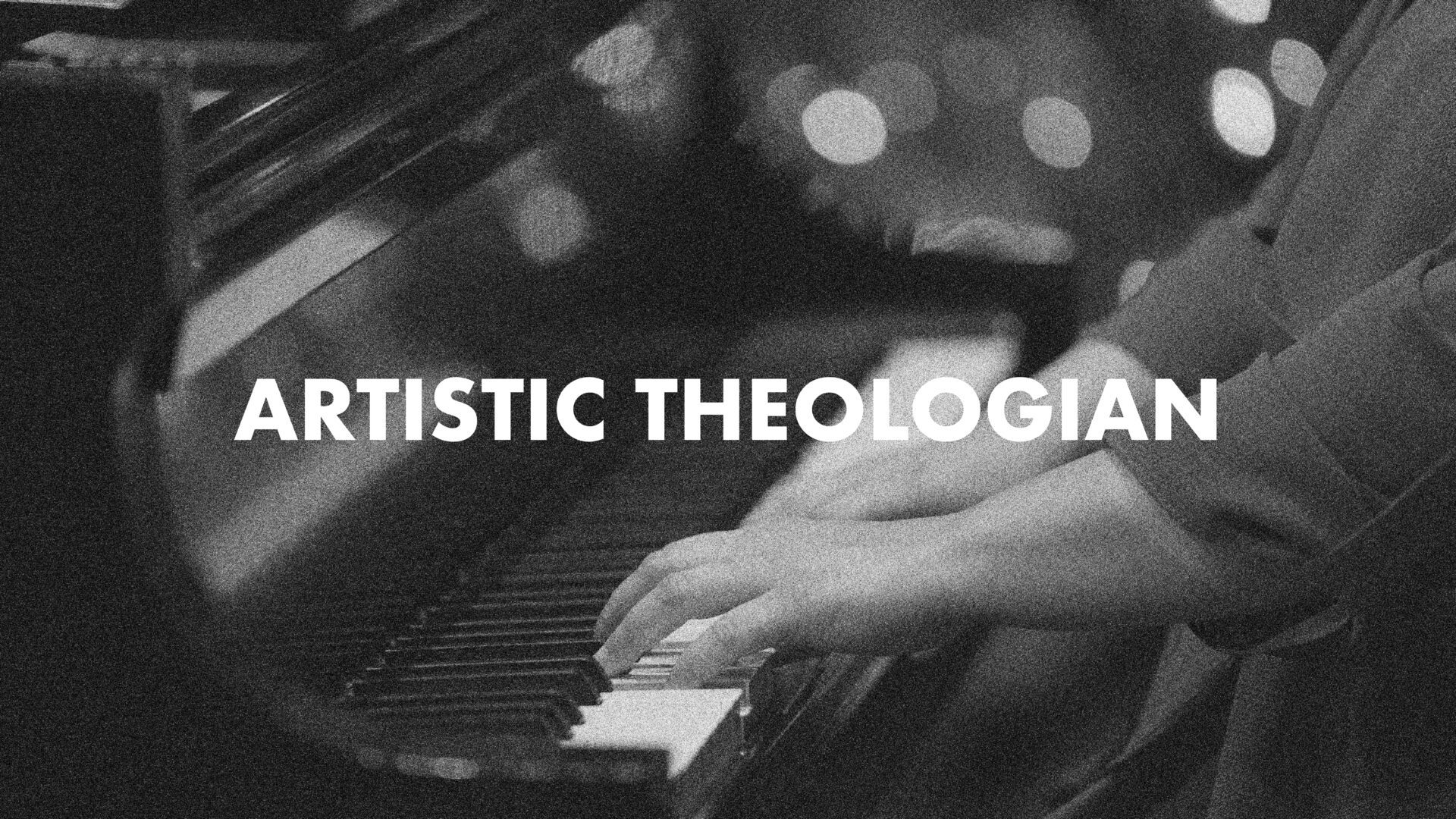
The New Atheism
Southwestern Journal of Theology
Volume 54, No. 1 – Fall 2011
Managing Editor: Malcolm B. Yarnell III
By Anthony C. Thiselton. Grand Rapids: Eerdmans, 2009. 424 pages. Softcover, $30.00.
Hermeneutics: An Introduction by Anthony C. Thiselton accomplishes what the title states. Thiselton’s previous publications on the subject of hermeneutics— New Horizons in Hermeneutics, The Two Horizons, and the related Hermeneutics of Doctrine—all serve both the breadth and depth of this book. Thiselton is qualified to write an introductory work on hermeneutics not only as a result of the monographs previously mentioned, but also for his scholarship in the fields of New Testament studies and philosophy. This brings richness to Thiselton’s perspective on hermeneutics by involving each of these fields in his summary and analysis of the field.
The book begins with three that define hermeneutics, offer explanation of its value, and set forth a methodological framework. Particularly noteworthy is Thiselton’s definition of hermeneutics, his clarification of the differences between philosophical hermeneutics and traditional hermeneutics, and his perspective on presuppositions. Additionally, worthy of mention in these preliminary chapters is his description of the intersection of biblical studies, philosophy, and literary theory on the issue of interpretation. This description serves as an introduction to the categories that will be analyzed in historical order in the subsequent chapters. Thiselton offers an example of how the hermeneutical methods he discusses may be applied with the parables of Jesus, providing opportunity for illustration.
Following these initial chapters, Thiselton devotes the remainder of the book to analyzing, chapter by chapter, major historical movements in hermeneutics. Several chapters make notable contributions by providing an entry level analysis of the significant thinkers in hermeneutics. Chapter four provides an overview of the genesis of Christian hermeneutics as it developed out of a blended Jewish and Greek background. Beginning in this chapter, the book propels forward into a discussion of the characteristics of hermeneutics during the early church through the fourth century. Uniquely valuable contributions of the book, notable for their distillation of influential ideas overlooked by most, are found in chapters eleven and twelve. These chapters interact with the thought of Hans-Georg Gadamer and Paul Ricoeur respectively. The historical analysis rounds out with chapters on the Reformation, Enlightenment, Schleiermacher, Bultmann, Barth, and postmodern hermeneutics in addition to others left unmentioned.
The book contains a set of features which make it a manageable introduction composing its greatest asset for those not already immersed in the field. First among these features is the brief list of books recommended for further reading appended to each chapter. Thiselton’s characteristically encyclopedic style is made attainable by the definition of concepts which would perhaps be missed by those with no prior exposure. Additionally, the significant writers he discusses are introduced with biographical material, and their major writings provide the outline for Thiselton’s analysis. This tool prevents the necessity for the reader to be conversant with these writers before making use of this book.
This book demonstrates hermeneutics’ status as a multidisciplinary enterprise where the reader must be critical, yet open. Thiselton’s characteristic even-handed analysis comes to bear on the divergent influences on hermeneutics. The reader may find ample grounds for disagreement within the hermeneutics of Schleiermacher, Dilthey, Rorty, Jauss, Gadamer, Derrida and the others included in the book. Thiselton provides a model for evaluating the ideas of these writers as his interaction offers critique of their errors while also modeling how one may be instructed by the grain of truth, that may be found in many of the worst faults.
The element many readers will find missing is a constructive outline for biblical hermeneutics. The analysis in the book was written with an orientation to provide an historical overview of the field, as opposed to offering a detailed instructive hermeneutic. While the volume possesses no lack of evaluation from Thiselton, this book on its own is not intended to produce a complete framework for the reader. An added value of the book is that it addresses a lacuna of a few hermeneutical ideas. In order to make the book a more comprehensive introduction, one would hope to see chapters on the contemporary move toward theological interpretation, a discussion on the post-liberal approach, and a discussion on the historical-grammatical mindset which has dominated American evangelicalism. With these points stated, the broad scope accomplished in 355 readable pages is an impressive strength which makes it difficult to offer critique on this point. This book achieves the status of a competent introduction to hermeneutics and presents it as a valuable tool for students of hermeneutics and those seeking to bring cohesiveness to the many tributaries that relate to the field.





